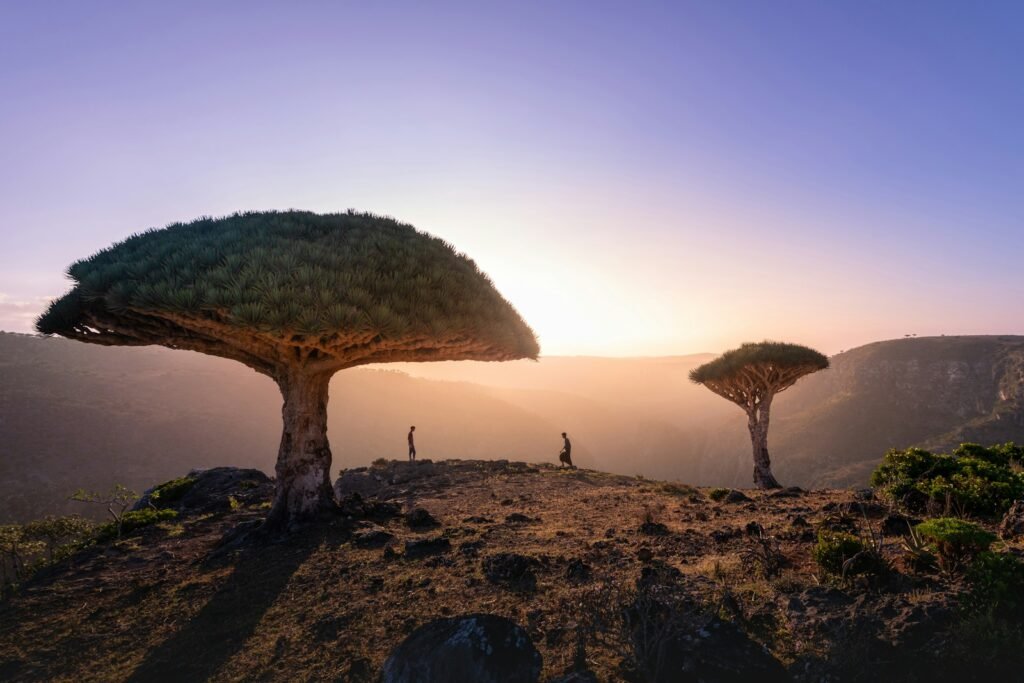Have you ever stood before a landscape so breathtaking, so ancient, that you felt the weight of millions of years pressing all around you? While some geologic wonders—like the Grand Canyon or Mount Everest—draw crowds from around the world, many astonishing sites remain hidden in plain sight. Today, on World Heritage Day, we journey into the heart of Earth’s lesser-known masterpieces—places where time, water, wind, and fire have sculpted marvels that whisper secrets of our planet’s past. Each of these eight geologic wonders holds a story, not just of rocks and minerals, but of resilience, transformation, and the raw beauty of nature waiting to be discovered by those who dare to look closer.
Socotra Island: The Alien Garden of the Arabian Sea

Socotra Island, adrift in the Arabian Sea, looks like it belongs on another planet. Its dramatic limestone plateaus rise above turquoise waters, crowned by bizarre trees with swollen trunks and umbrella-like canopies. This geological oddity formed from ancient continental fragments, its rocks dating back over 60 million years. The constant buffeting of monsoon winds has carved haunting caves and arches into the cliffs, while the island’s isolation has nurtured life found nowhere else on Earth. Walking here is like strolling through a living fossil record, every step echoing with the evolutionary experiments of deep time.
The Danakil Depression: Earth’s Fiery Cauldron

The Danakil Depression in Ethiopia is a place where the Earth seems to bleed and boil. Temperatures soar above 50°C, and the land is painted in surreal yellows, greens, and reds by bubbling hot springs heavy with minerals. It’s one of the world’s lowest points—over 100 meters below sea level—and home to active volcanoes that constantly remake the land. The Depression’s salt flats and acidic pools are so extreme that scientists study them as analogs for alien life. Standing on these crusted plains, you can sense the restless energy of the planet just beneath your feet.
The Tsingy de Bemaraha: Madagascar’s Stone Forest
Rising like a petrified forest, the Tsingy de Bemaraha in Madagascar is a maze of razor-sharp limestone pinnacles. These towering formations were sculpted over millennia by rain and groundwater dissolving the rock, leaving behind a labyrinth of spires, canyons, and caves. The word “Tsingy” translates to “where one cannot walk barefoot,” a warning to respect the treacherous beauty of this landscape. Climbing through these stone towers, you can see how life has adapted to the harshest conditions, with rare plants and nimble lemurs thriving in the cracks and crevices.
The Richat Structure: Africa’s Eye in the Sahara
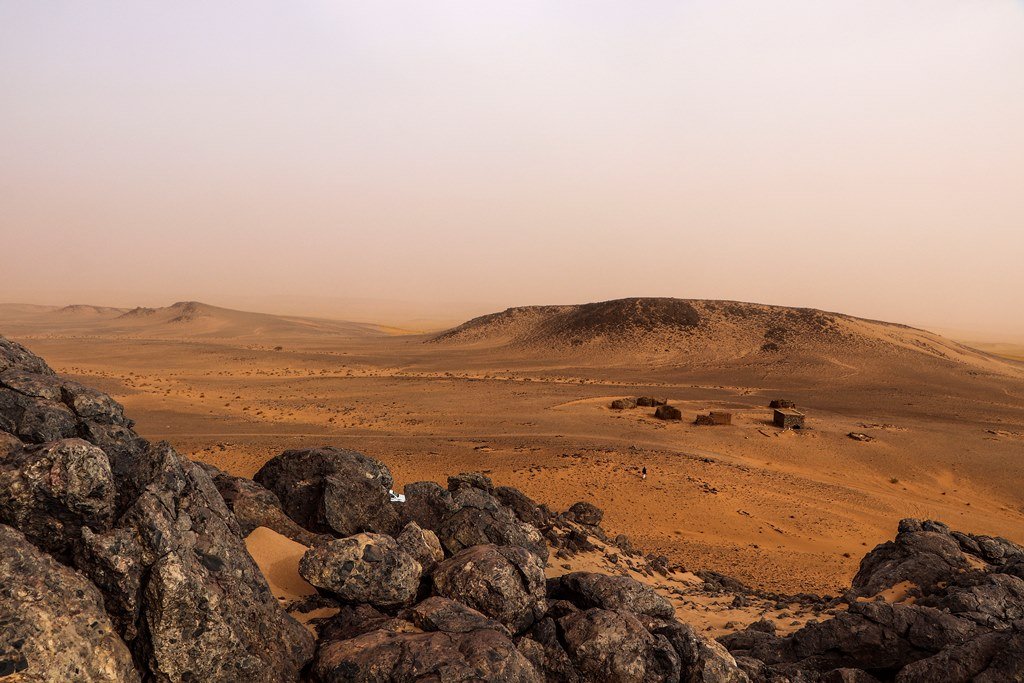
Visible from space as a giant bullseye in the heart of the Sahara Desert, the Richat Structure—sometimes called the Eye of Africa—is a geological riddle. Spanning 40 kilometers across, its concentric rings are the eroded remnants of a once-dome-shaped formation. Some thought it was an ancient impact crater, but scientists now know it was sculpted by uplift, erosion, and the weathering of ancient rocks over millions of years. Walking its windswept ridges feels like tracing the fingerprints of the Earth itself, a reminder of how landscapes can transform in ways both subtle and spectacular.
The Marble Caves: Patagonia’s Water-Sculpted Masterpiece
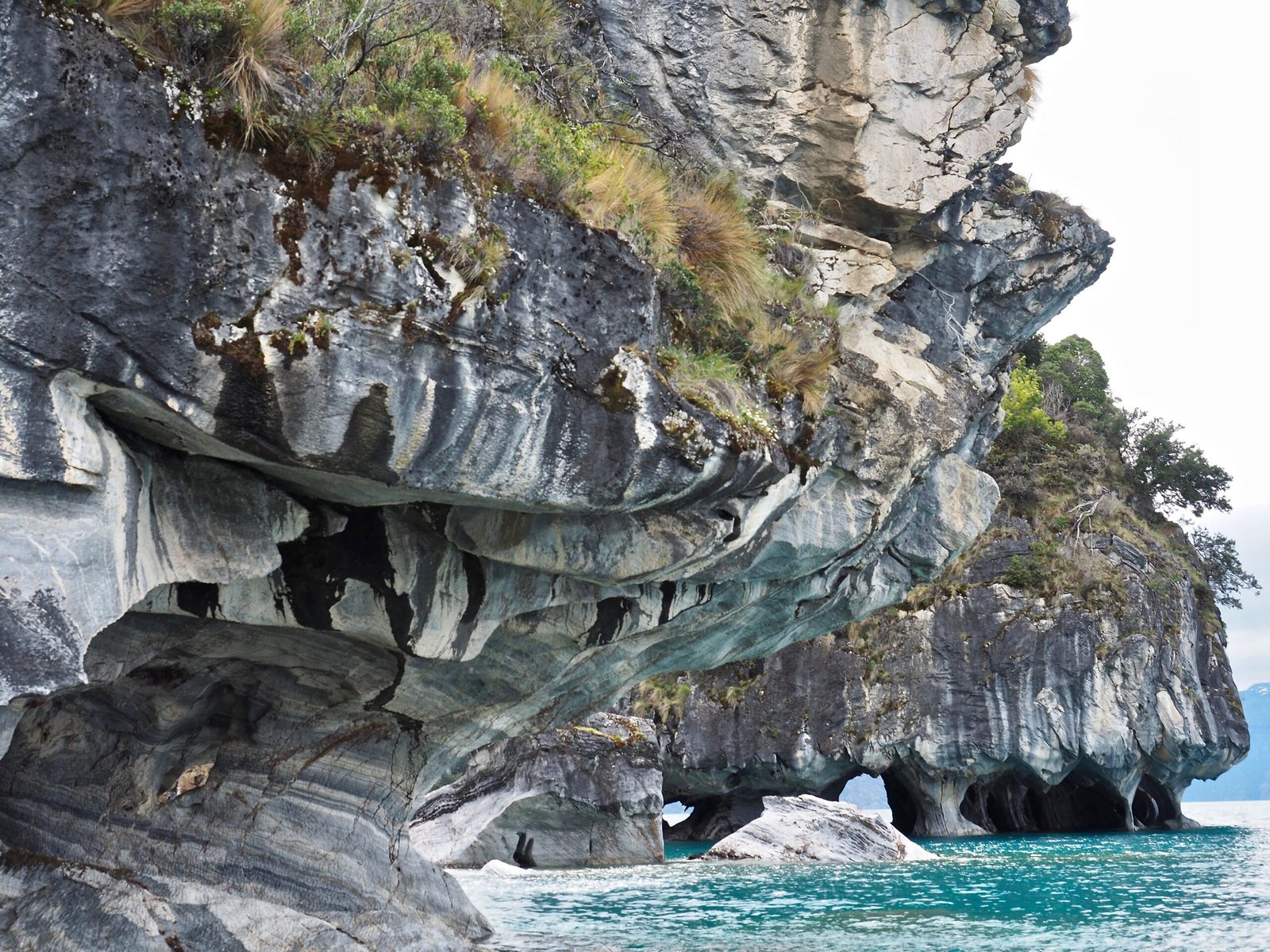
Along the remote shores of Chile’s General Carrera Lake, the Marble Caves shimmer with ethereal blue reflections. These extraordinary caverns and tunnels were slowly hollowed out over 6,000 years by the movement of glacial meltwater, revealing swirling bands of marble in shifting shades of blue, green, and white. Light dances across the water and stone, creating a scene that looks almost unreal. Visiting the Marble Caves by boat feels like floating through a living artwork, a perfect fusion of geology and elemental grace.
Wulingyuan: China’s Pillars of Stone and Mist
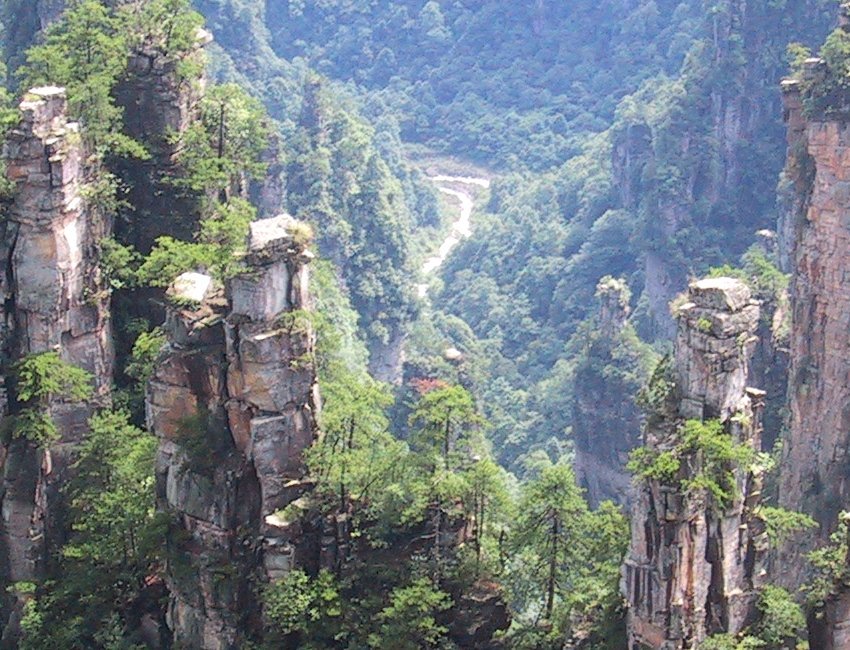
Wulingyuan, in China’s Hunan Province, is a wonderland of over 3,000 vertical quartzite sandstone pillars that soar above lush forests. These remarkable columns, some over 200 meters tall, inspired the floating mountains in the movie “Avatar.” Their formation began hundreds of millions of years ago, as rivers and wind gradually sculpted the sandstone into freestanding spires. Mist winds through the pillars, adding to the sense of mystery and magic. As you wander the winding paths, you can’t help but marvel at how water and time can carve cathedrals from rock.
Giant’s Causeway: Ireland’s Interlocking Basalt Columns
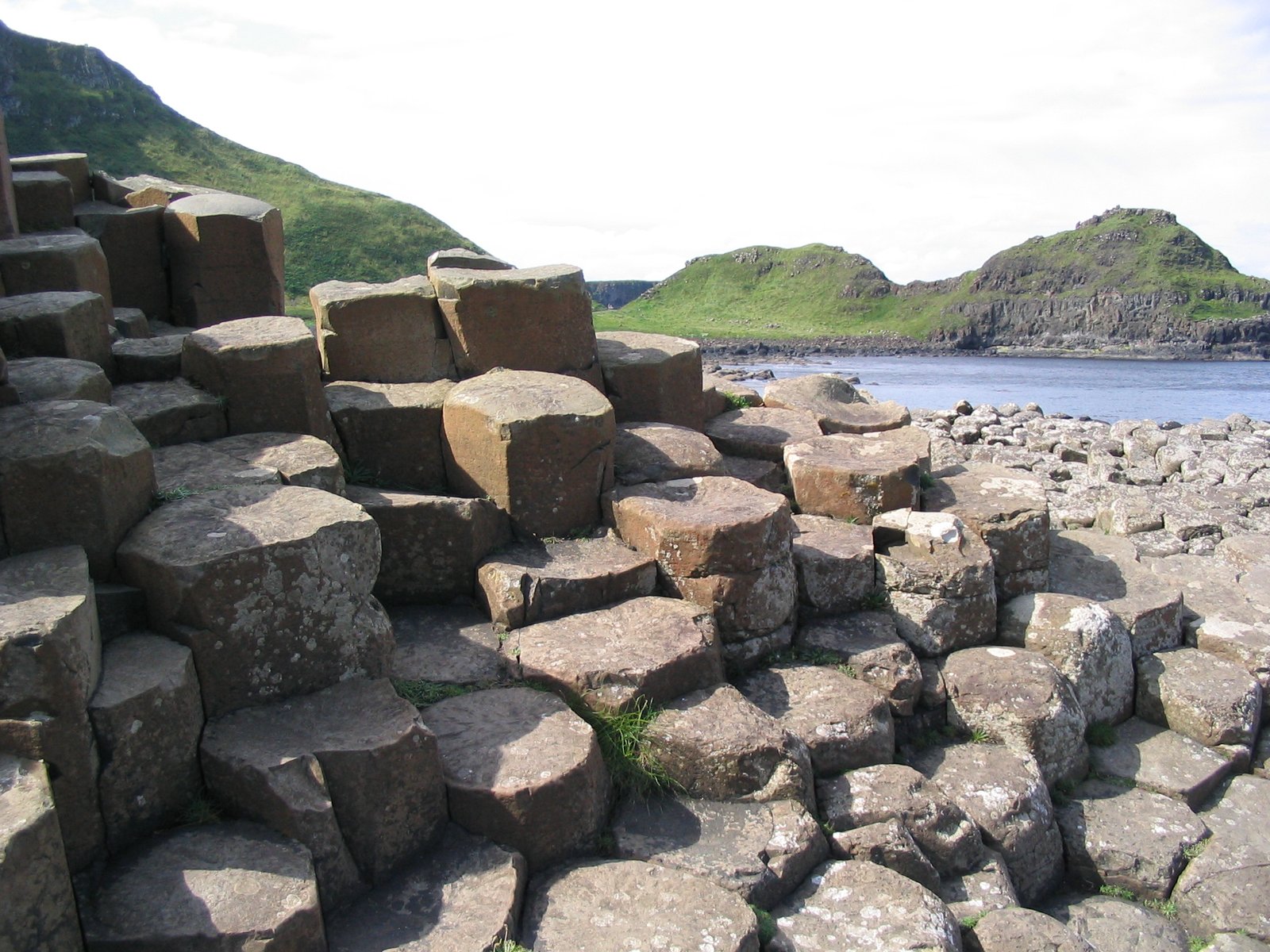
Along the rugged coast of Northern Ireland, the Giant’s Causeway unfolds in a patchwork of nearly 40,000 hexagonal basalt columns. These formations are the result of an ancient volcanic eruption, where rapidly cooling lava cracked into geometric shapes as it solidified. Legends say giants built the causeway to cross the sea to Scotland, but the true story is even more awe-inspiring—a testament to the power and precision of nature’s forces. Walking across the stones, you feel a connection to both myth and science, as if straddling the line between worlds.
The Putorana Plateau: Siberia’s Untamed Wilderness

Deep in northern Siberia, the Putorana Plateau stretches across a vast, isolated expanse. This remote region is a labyrinth of basalt cliffs, deep canyons, and more than 25,000 lakes, formed by ancient volcanic activity and relentless glaciation. The plateau’s untouched wilderness shelters unique ecosystems, including rare wild reindeer herds and Arctic flora. Its rugged beauty is intensified by the sheer sense of remoteness—few humans ever set foot here, and those who do are rewarded with landscapes that seem to belong to another era, untouched by modern life.
Makhtesh Ramon: Israel’s Eroded Desert Crater
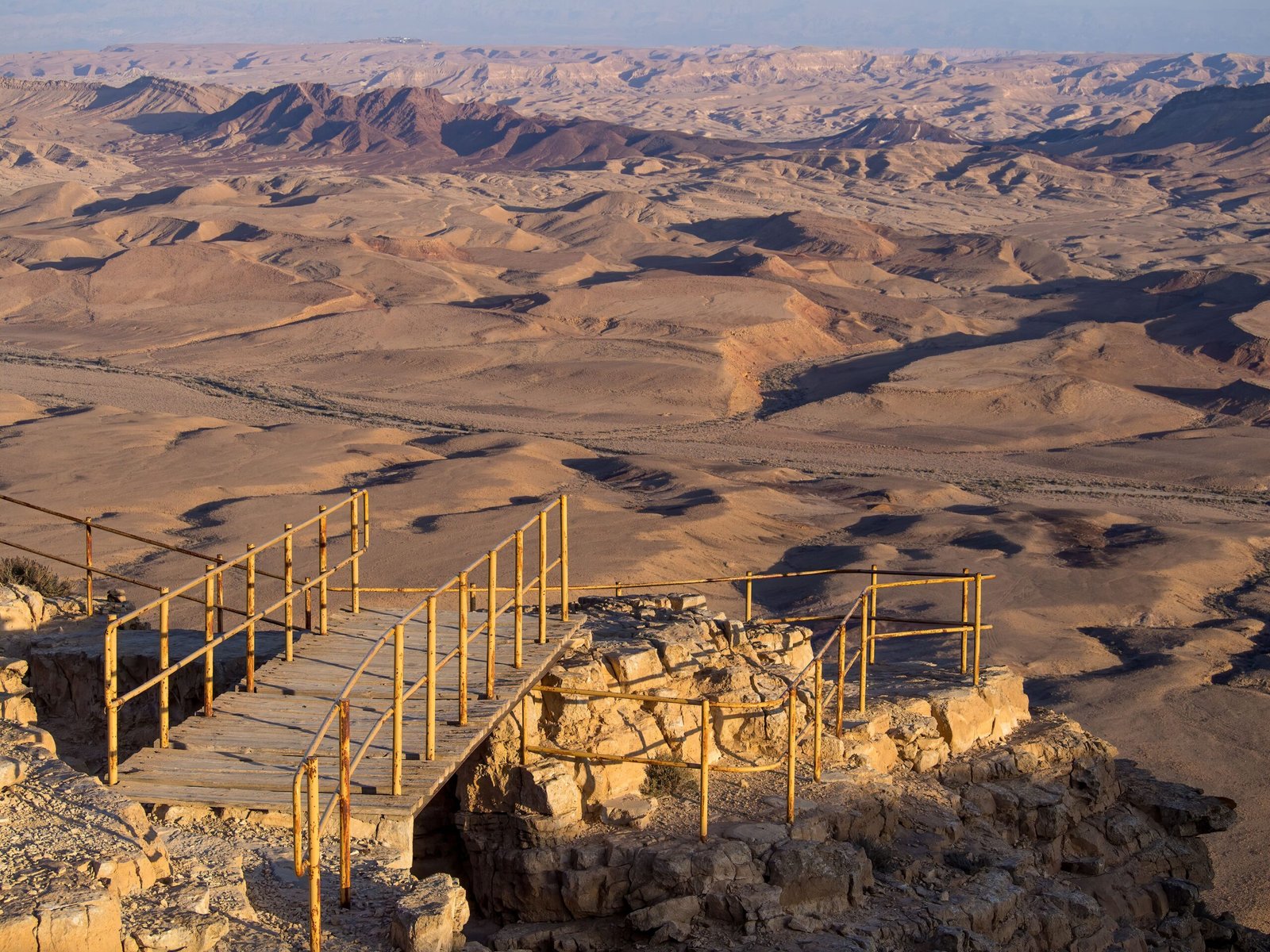
Makhtesh Ramon is not a true crater, but rather a “makhtesh”—a rare geological formation unique to Israel’s Negev Desert. This massive erosion cirque stretches 40 kilometers long and plunges half a kilometer deep, exposing vivid layers of rock that record 200 million years of geological history. Walking along its rim, you can see the story of ancient seas, shifting continents, and relentless erosion etched into the canyon walls. Fossils, volcanic remnants, and multicolored sand make this site a living textbook of Earth’s dynamic processes.
Uluru-Kata Tjuta: Australia’s Sacred Red Giants
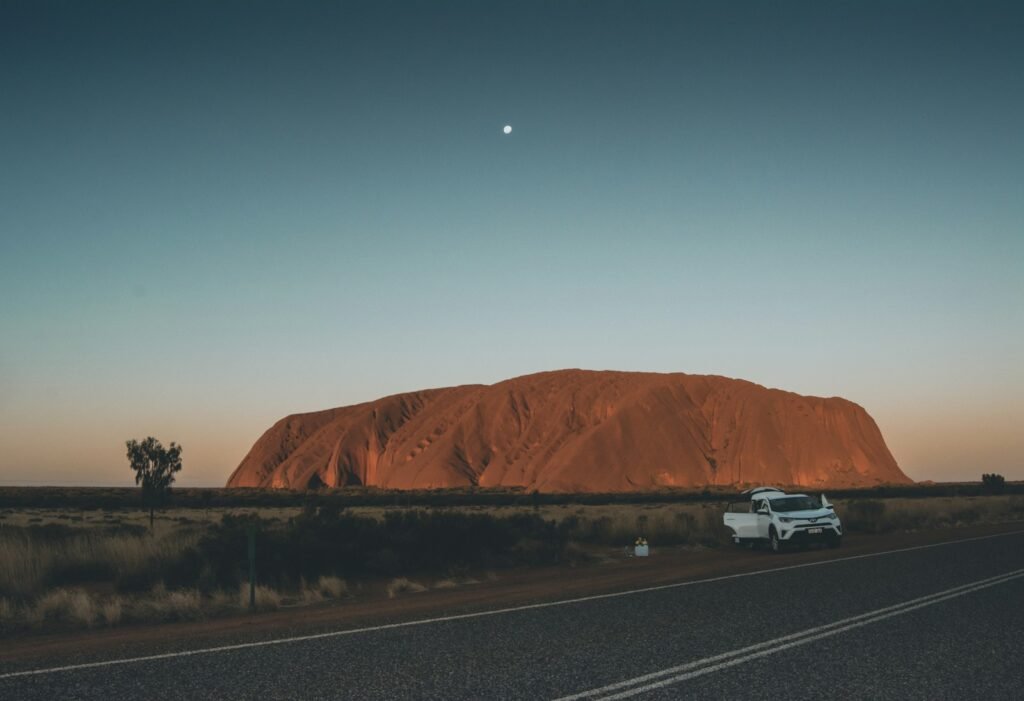
Rising abruptly from Australia’s flat outback, Uluru and the domes of Kata Tjuta are icons of both geology and culture. These immense sandstone formations date back over 500 million years, shaped by wind, water, and time into their present forms. Uluru, in particular, glows in shifting shades of red and ochre as the sun moves across the sky, creating a sense of awe that transcends words. For the Anangu people, these rocks are not just natural wonders but living ancestors, woven into stories that connect land, spirit, and history.
At the heart of these eight geologic marvels lies a universal truth: the world is filled with places that challenge our imagination and reward our curiosity. As we celebrate World Heritage Day, perhaps the greatest gift we can give is our attention—to look beyond the obvious, cherish the rare, and wonder at the power of time and nature to shape our extraordinary planet.

